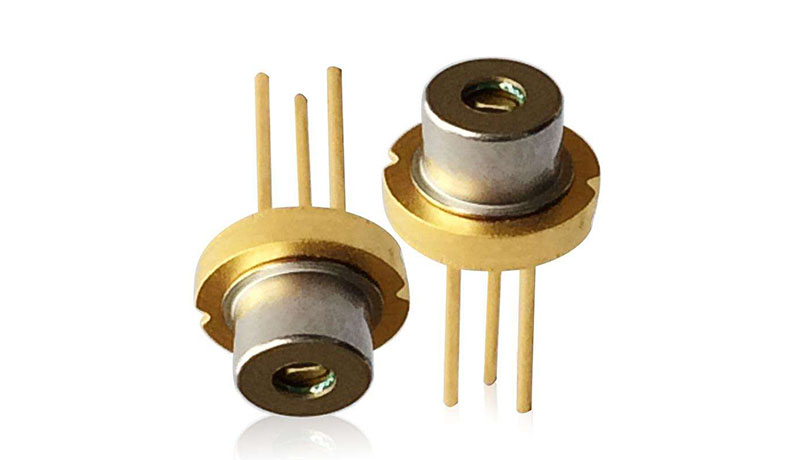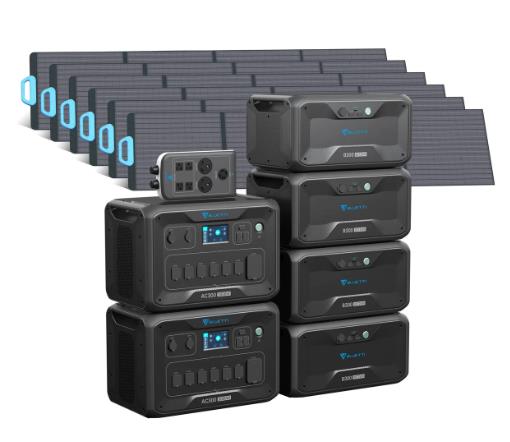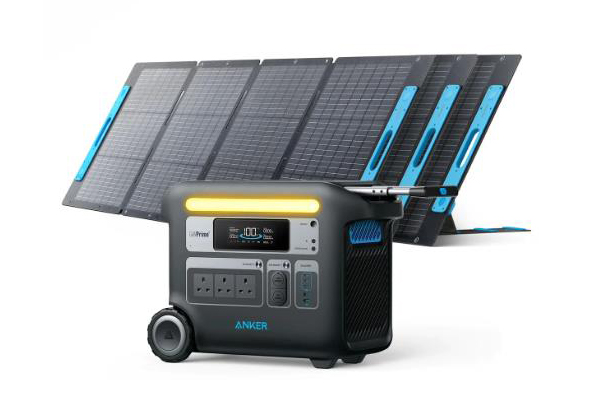If you have ever looked at the back of your computer or router, you may have noticed some ports that look similar, but are labeled differently. Two common types of ports that often cause confusion are RJ45 and Ethernet ports. Although they may look similar, they are not the same thing. In this article, we will discuss the differences between RJ45 and Ethernet ports, how to identify them, and their common uses.
What is an RJ45 Port?
An RJ45 port is a type of connector that is commonly used for Ethernet networking. It is an eight-pin connector that can support data transmission speeds of up to 10Gbps. RJ45 ports are often found on network switches, routers, and modems, as well as on computers, printers, and other networked devices.
Physical Appearance and Connectors
An RJ45 port has a rectangular shape with eight pins arranged in a specific pattern. The pins are used to transmit and receive data signals between devices. RJ45 connectors are usually made of plastic and have a clip on one end that secures the connector in place when it is plugged into a port.
Common Uses of RJ45 Ports
RJ45 ports are commonly used for Ethernet networking, which allows devices to communicate and share resources over a local area network (LAN). Ethernet is a standardized protocol that defines how data is transmitted between devices on a network. RJ45 ports are used to connect devices to Ethernet cables, which are used to transmit data between devices.
What is an Ethernet Port?
An Ethernet port is a type of port that is used to connect devices to a wired Ethernet network. Ethernet ports can support data transmission speeds of up to 10Gbps, depending on the type of cable and the devices that are connected.
Physical Appearance and Connectors
An Ethernet port looks similar to an RJ45 port, but there are some key differences. Ethernet ports can be found on computers, routers, switches, and other networked devices. They are usually rectangular in shape and have a small tab on one side that is used to secure the Ethernet cable when it is plugged in.
Common Uses of Ethernet Ports
Ethernet ports are used to connect devices to an Ethernet network. They allow devices to communicate and share resources over a local area network (LAN). Ethernet is a widely used protocol for wired networking, and is used in many different types of networks, including home networks, office networks, and data center networks.
Differences between RJ45 and Ethernet Ports
Although RJ45 ports and Ethernet ports may look similar, there are some key technical differences between them.
Key Technical Differences
The type of signal transmit: RJ45 ports are used to transmit and receive data signals, while Ethernet ports are used to transmit and receive both data and power signals.
Maximum transmission speed: RJ45 ports can support data transmission speeds of up to 10Gbps, while Ethernet ports can support speeds of up to 100Gbps, depending on the type of cable and the devices that are connected.
Advantages and Disadvantages of Each Type of Port
Both RJ45 and Ethernet ports have their own advantages and disadvantages, depending on the specific needs of the user.
RJ45 ports is compatibility with Ethernet cables, which are widely available and relatively inexpensive. They are also easy to use and install, and can support high-speed data transmission.
One disadvantage of RJ45 ports is their limited transmission speed, which may not be sufficient for some types of networks. They are also vulnerable to interference from other devices, which can cause signal degradation and data loss.
Ethernet ports has good ability to transmit both data and power signals over a single cable, which can simplify cable management and reduce the need for multiple cables. They are also capable of supporting much higher data transmission speeds than RJ45 ports, which makes them well-suited for large-scale data centers and other high-performance networks.
One disadvantage of Ethernet ports is their higher cost, compared to RJ45 ports. They also require specialized cables and equipment, which can make them more complex to install and use.
Compatibility Issues
Another important consideration when choosing between RJ45 and Ethernet ports is compatibility. RJ45 ports are generally compatible with Ethernet cables and devices, while Ethernet ports may not be compatible with non-Ethernet devices. This means that if you are using non-standard equipment, such as legacy devices or specialized hardware, you may need to use an RJ45 port instead of an Ethernet port.
How to Identify RJ45 and Ethernet Ports
Identifying RJ45 and Ethernet ports can be tricky, especially if you are not familiar with the different types of connectors and cables. Here are some tips for recognizing these ports on different devices:
- RJ45 ports are usually labeled as such, or may be labeled as “Ethernet”, “LAN”, or “network” ports.
- Ethernet ports may be labeled with a variety of names, depending on the device and manufacturer. Look for labels such as “10/100/1000”, “GbE”, or “10GbE”.
- Both RJ45 and Ethernet ports are usually located on the back of devices, near other ports such as USB or audio ports.
- RJ45 ports are usually rectangular in shape, with eight pins arranged in a specific pattern.
- Ethernet ports may have a small tab or clip on one side, which is used to secure the cable in place.
Conclusion
Understanding the differences between RJ45 and Ethernet ports is important for anyone who uses or works with computer networks. Both types of ports have their own advantages and disadvantages, and the choice between them will depend on the specific needs of the user. By knowing how to identify these ports and understanding their common uses, you can make informed decisions when setting up or troubleshooting a network.





